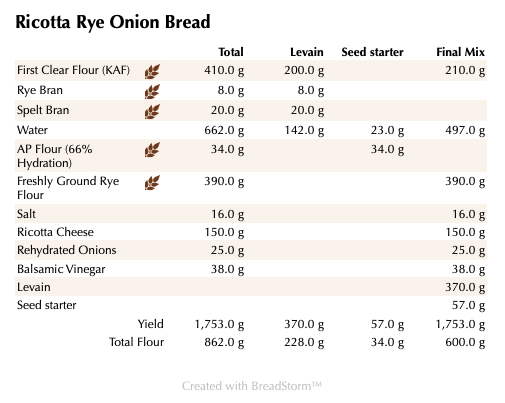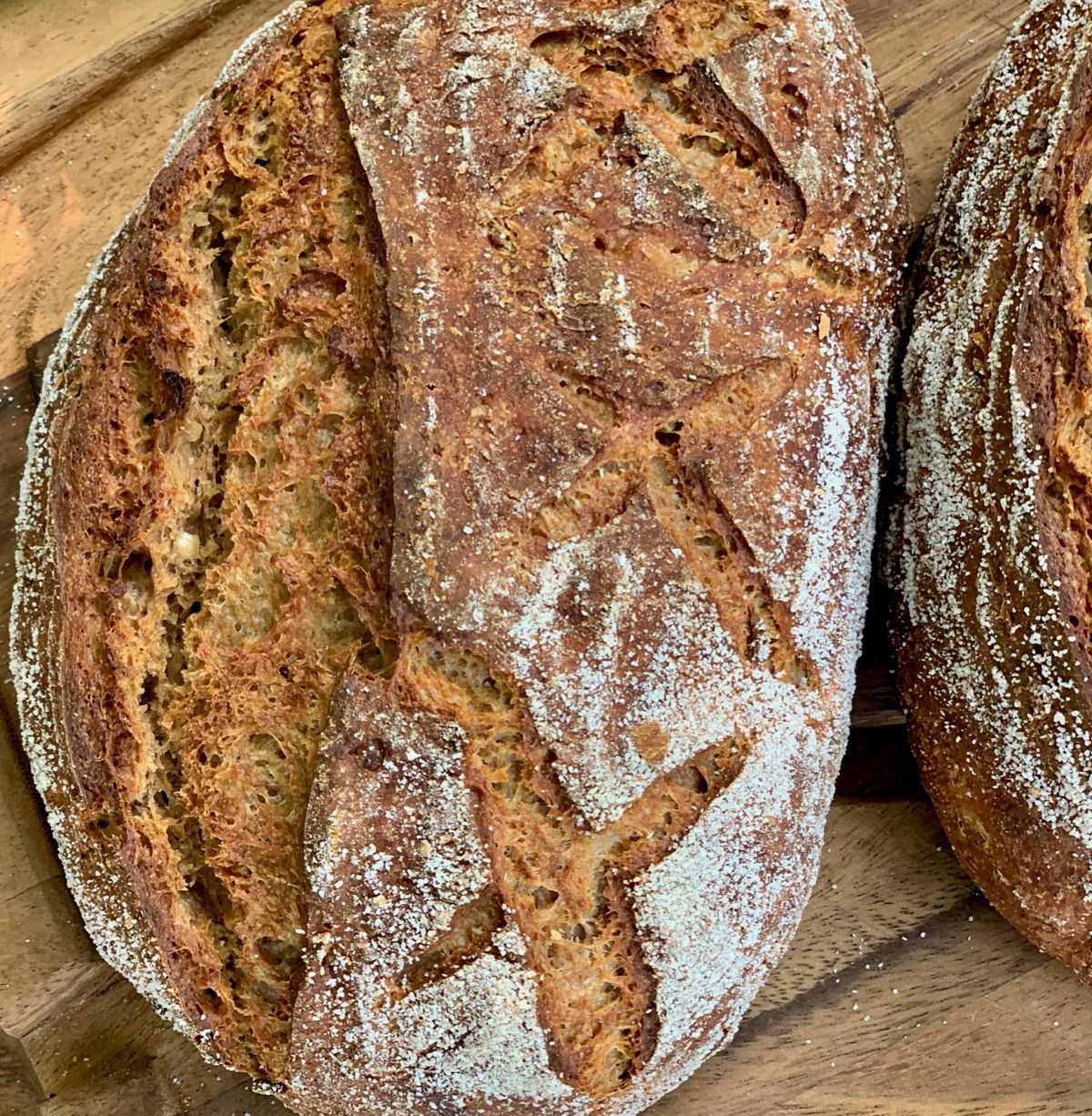I've a recipe that I've been toying with for years. This comes from my Great Grandmother Neal (In Memphis, I think... She died long before I was born, probably in the 50s.) I've had good results from it, but I think I can do better with some help from around here.
Here's the recipe as given to me, with a few caveats:
The original recipe called for 2 cakes of yeast. I've converted, using 1 cake of yeast=2 1/4 tsp instant yeast.
The recipe as written called for shortening. I suspect it was originally lard.
As you can see, no flour amounts are provided.
1 quart milk
1 cup shortening
1 cup sugar
flour
1 tsp baking soda
1 tsp baking powder
4 ½ tsp instant yeast
1Tbsp salt
Combine buttermilk, sugar, and shortening in a medium saucepan and heat over medium heat until shortening melts and sugar dissolves. Do not boil. Cool to lukewarm.
In a large bowl, combine flour, baking powder, baking soda, and yeast.
Add the cooled buttermilk mixture and stir, then add enough flour to make a stiff batter. Let rest several hours until doubled. Punch down.
Combine 1 cup flour and salt. Add to the batter mixture, and then continue adding flour until the proper consistency has been reached.
Place in the refrigerator overnight or until ready to shape rolls.
Shape, proof, and bake at 350° until golden brown and cooked through.
***
I wrote the instructions and greatly elaborated on the technique provided, so it's almost all subject to interpretation/fiddling. About the only think I kept from the original was "stiff batter" and "proper consistency."
***
Thoughts? This seems to me more like an angel biscuit than a roll. They also take forever to brown at 350 degrees.
***
Another recipe from my Great Aunt Becky, who made the best rolls I've ever had:
2 cups milk, scalded
¼ cup shortening
¼ cup sugar
1 tsp salt
5-6 cups plain flour
2 packages yeast
¼ cup water, lukewarm
There was no real text from this recipe other than the bracketed text following; I suppose it's something like:
Combine the shortening, milk, sugar, and salt; add [1/2 cup flour. Beat well.]
Add enough flour to [Make a soft dough (about 4 cups)].
Let proof till doubled; shape, and proof.
[Brush with milk before baking]
Bake at [400 degrees].
***
I'd like thoughts on both these recipes.....
Both these recipes are Memphis-originated. You think White Lily is the flour to go with here? I've been using Gold Medal All Purpose.
























